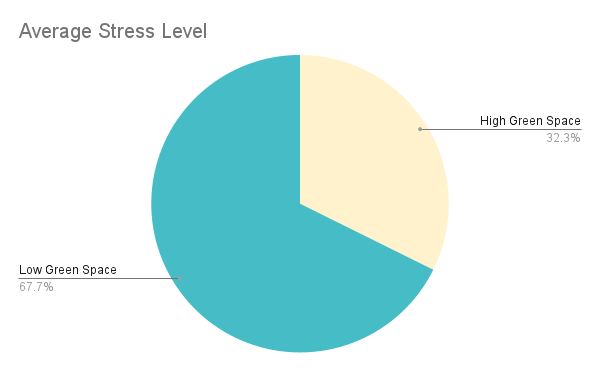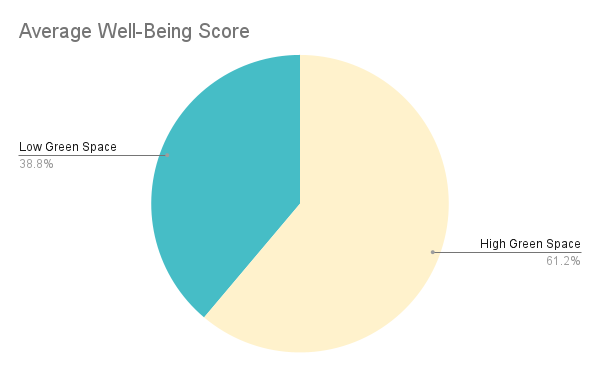Free Academic Research Report Template
Academic Research Report
Title: The Impact of Urban Green Spaces on Mental Health: A Comparative Study
Author: [Your Name]
Institution: [Your University]
Course/Department: Department of Environmental Psychology
Date: July 25, 2054
Abstract
This research explores the impact of urban green spaces on mental health by comparing two metropolitan areas with varying levels of green space availability. The study utilized a mixed-methods approach, including surveys and interviews, to assess psychological well-being among residents. Key findings indicate a significant positive correlation between the availability of green spaces and improved mental health outcomes. This study underscores the importance of integrating green spaces into urban planning for enhancing public well-being.
1. Introduction
1.1 Background:
Urbanization has led to a significant reduction in green spaces within cities, raising concerns about its effects on residents' mental health. Previous studies suggest that access to green spaces can alleviate stress and improve overall psychological well-being.
1.2 Research Question/Hypothesis:
How does the availability of urban green spaces affect residents' mental health in metropolitan areas? It is hypothesized that higher availability of green spaces correlates with better mental health outcomes.
1.3 Objectives:
-
To evaluate the mental health effects of urban green spaces.
-
To compare mental health outcomes in areas with high and low green space availability.
-
To provide recommendations for urban planning.
2. Literature Review
The literature review covers studies on the relationship between green spaces and mental health, including theories on biophilia and stress reduction. Key findings from previous research highlight the benefits of nature exposure in reducing anxiety, depression, and stress.
3. Methodology
3.1 Research Design:
A mixed-methods design was employed, combining quantitative surveys with qualitative interviews.
3.2 Data Collection:
Surveys were distributed to 500 residents in two metropolitan areas: one with extensive green spaces and one with limited green spaces. Additionally, in-depth interviews were conducted with 30 participants from each area.
3.3 Data Analysis:
Quantitative data were analyzed using statistical software to determine correlations between green space availability and mental health scores. Qualitative data were thematically analyzed to identify common themes and experiences.
4. Results
Findings indicate that residents in areas with high green space availability reported significantly lower levels of stress and higher overall well-being compared to those in areas with limited green spaces.


5. Discussion
The results support the hypothesis that increased green space availability is associated with better mental health outcomes. This aligns with the biophilia hypothesis and suggests that urban planners should prioritize green space integration in city development.
6. Conclusion
The research demonstrates the beneficial impact of urban green spaces on mental health. Future research should explore the long-term effects and the specific types of green spaces most beneficial to mental well-being. Recommendations for urban planning include increasing green space accessibility and incorporating nature into urban environments.
References
-
Kaplan, R., & Kaplan, S. (2050). The Experience of Nature: A Psychological Perspective. Cambridge University Press.
-
Ulrich, R. S. (2051). View through a window may influence recovery from surgery. Science, 224(4647), 420-421.
-
Hartig, T., Mitchell, R., de Vries, S., & White, M. (2014). Nature and health. Annual Review of Public Health, 35, 207-228.
Appendices
-
Appendix A: Survey Questionnaire
-
Appendix B: Interview Guide
-
Appendix C: Statistical Analysis Tables
-
Appendix D: Raw Data